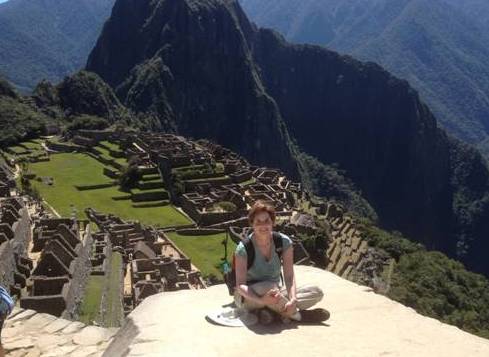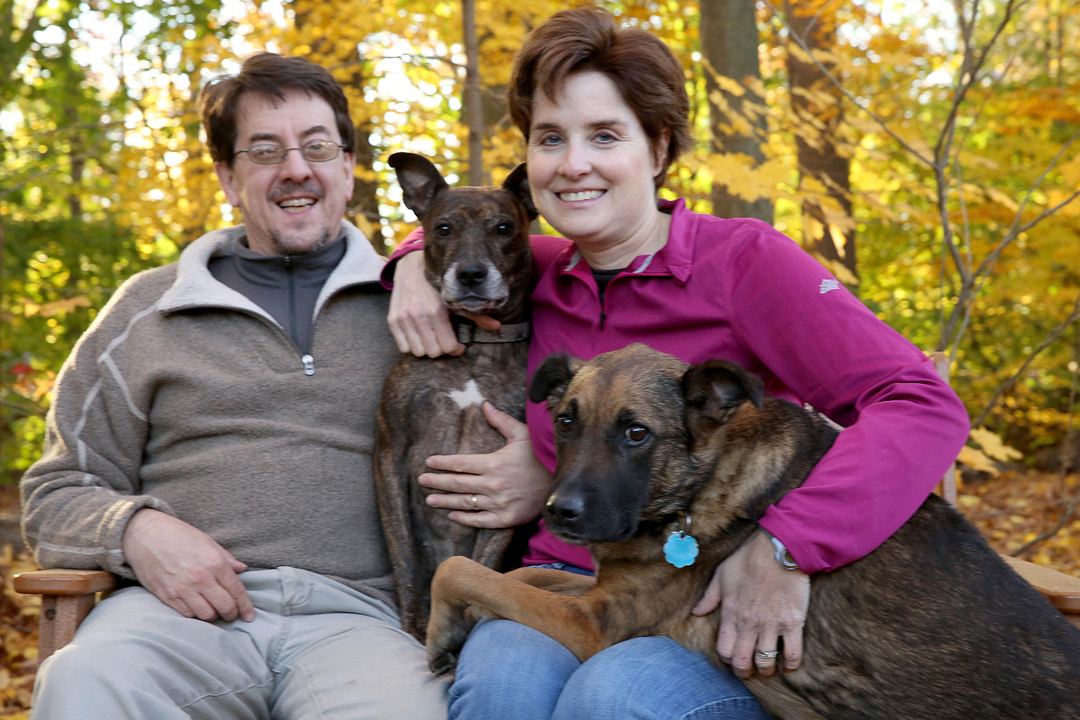I never would have imagined that I could stave off a deadly blood cancer by taking a pill.
Yet that's exactly what I -- and thousands of others with chronic myeloid leukemia (CML) -- do every day.
That little orange tablet known as Gleevec (imatinib) has led us back to normalcy. As a breast cancer survivor with many friends and family members waging their own cancer battles, I only wish there were more solutions this simple -- and this hopeful. Yes, we harbor a potentially fatal disease and the pill-taking may last forever, but life goes on. No one would guess I have leukemia. If it weren't for "the pill," I might not even remember I have it myself.
Managing the Pill
I haven't always been such a picture of optimism. When I was first diagnosed, I quickly discovered that capsule could knock the bejesus out of me. Aspirin can't hold a candle to the powers of this drug. Some CML patients complain about pain, fatigue, muscle cramps, rashes, diarrhea and swelling. For me it's all about not throwing up.
Gleevec is to be taken "with a meal and a large glass of water" but it's never easy figuring out exactly what works. I've learned that having only soup is not an option. Neither is just quiche and salad. Chicken and broccoli? Not even. Early on, I got the brilliant idea at a restaurant to take my pill before the meal. That night required a stop on the side of the road on the way home.
In my nausea-fighting quest, I am often halfway through a dessert I don't need while my husband is still nibbling a salad. My best defense is fat so I keep a block of cheese in the refrigerator at all times. If my dinner looks too healthy, I top it off with a chunk of gouda or pepper jack.
I used to perch the pill on the edge of my plate until one day when I mixed it into my salad and took a bite. Eek! Another night one slid off the table and I heard a "crunch crunch" and saw my dog looking up at me, tail wagging. After a panicked call to the poison control center and a visit to the emergency vet, she only threw up two small batteries from a dog toy she'd chewed (but just as dangerous as the Gleevec). We later found the pill stuck under a table leg. Now they stay in the bottle until I'm ready to take them.

Fatty cheese melted on toast -- the perfect addition to any Gleevec-accompanied meal
Success!
Inconveniences aside, the results have been remarkable. Within a month the standard 400 mg. dose had knocked my white blood cell count down to the normal range -- from 23,000 to 5,000. At six months I reached cytogenic remission (the abnormal chromosome was no longer in my blood or bone marrow); and by nine months, I achieved a complete molecular response, meaning the mutant BCR-ABL gene that causes CML was no longer detectable. I was a true poster child for CML. Let's just hope this luck holds.
Gleevec chalked up the fastest drug approval in the history of the FDA and made headlines as the first drug of its kind in 2001. A tyrosine kinase inhibitor (TKI), it specifically targets the enzyme that cancer cells need to grow. Studies have shown a 95% survival rate for patients who took it daily for 60 months. The downside is it costs more than $3,000 a month and you have to take it for the rest of your life.
A Continual Reminder
Taking the pill makes it impossible to forget that I still have cancer. The disease hasn’t gone away. It will probably never go away. Yet I feel fine. I wake up every morning, eat breakfast, walk the dogs (for the umpteenth time), and head off for yet another day at work. This isn't what I thought life with leukemia would be like. Gleevec and I even went to Peru!
It's reassuring to know that when my body lobs those life-destructing enzymes, the pill runs interference and whisks them out of reach, but can't they just disappear altogether?
I try not to complain too loudly. Not a day goes by that I don't think how fortunate I am that I wasn't diagnosed 10 years earlier. If I start thinking "woe is me" for more than a minute, it's time for a reality check and a whack upside my head. Hey, I got my life back! What more do I need? How many people have to try therapy after therapy to find one that works for them? One thought merges -- I am damn lucky.
I've responded so well to Gleevec that eight years later I haven't had to change medications. Besides the nausea, I get unsettling muscle cramps that seize my feet and hands and wake me up in the middle of the night, and my skin blisters and bleeds easily. But I can live with that.
For the Rest of my Life? Seriously?
I've watched other drugs come on the market for people who are resistant or intolerant of Gleevec (i.e. nilotinib, dasatinib) but when I ask my oncologist if I can switch to something with fewer side effects or maybe stop taking it altogether, he looks at me like I'm five years old and asking to play in the street. He smiles, shakes his head at my naivety, and says: "NO -- WAY."
I occasionally ask if he's changed his mind but he never does. You don't mess with something that's working, he says.
So I'm not messing. But I'm probably going to keep asking. One of these days I just might get a different answer.
This blog is the second in a series. Read:
Blog #1: "The Diagnosis"
Blog #3: "The Gray Zone"

The reasons I'm thankful for Gleevec
